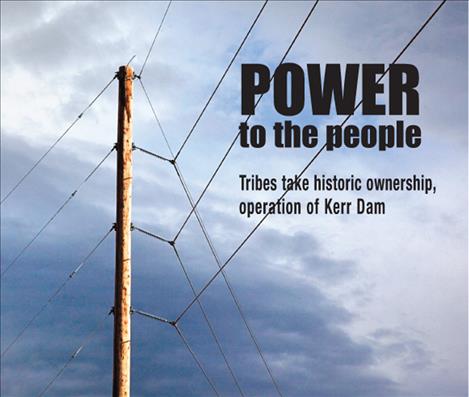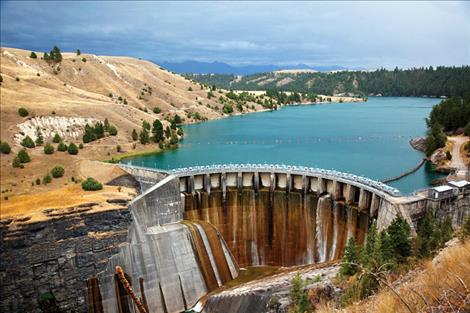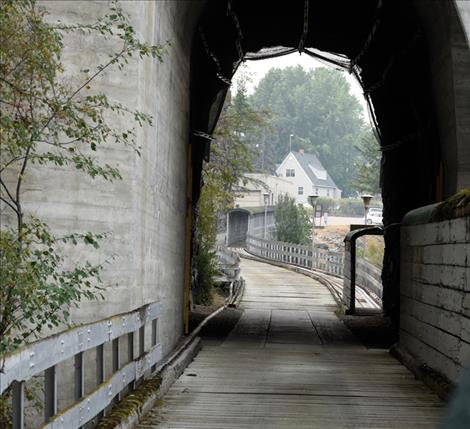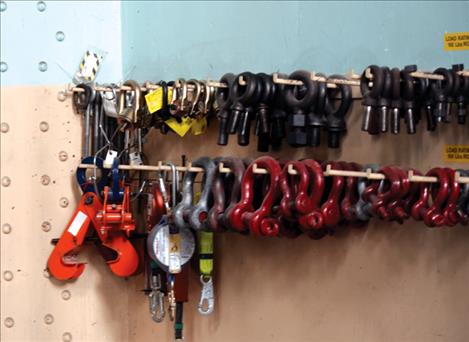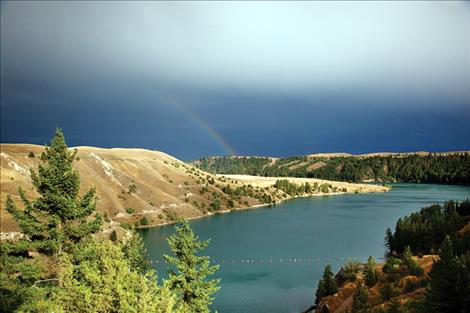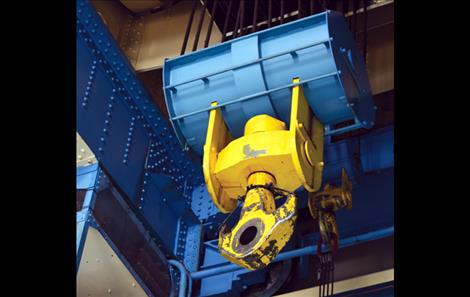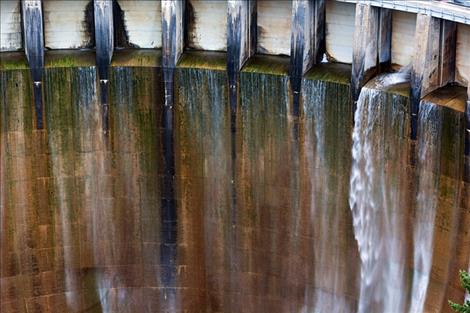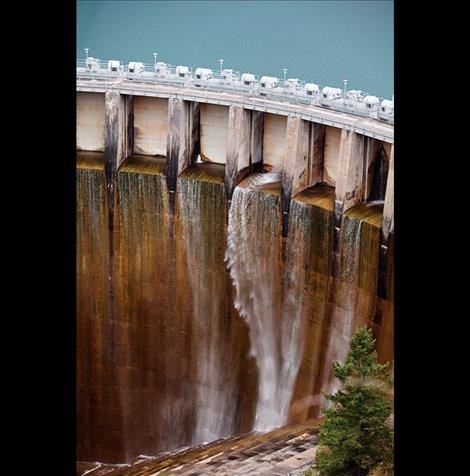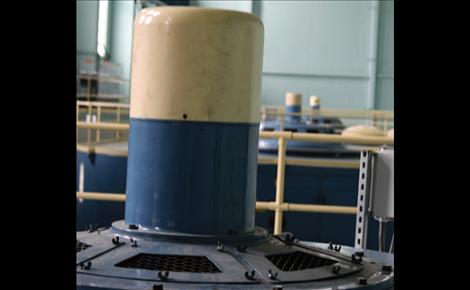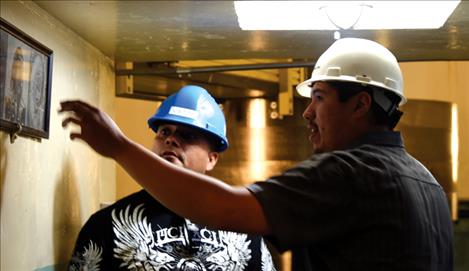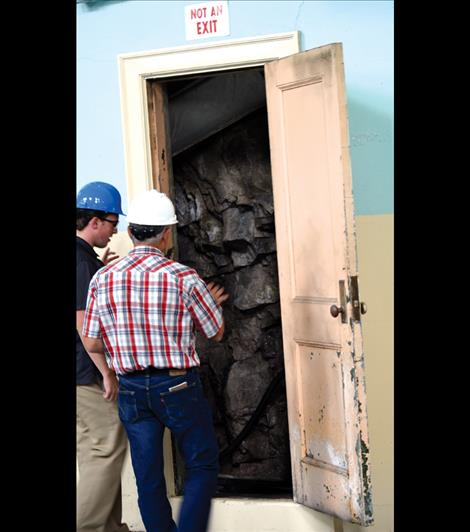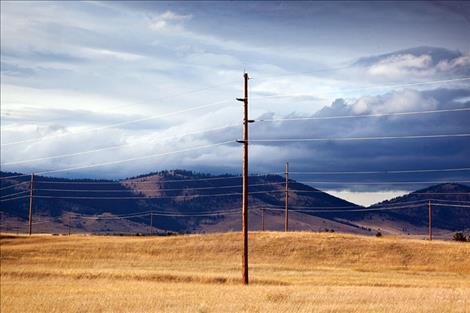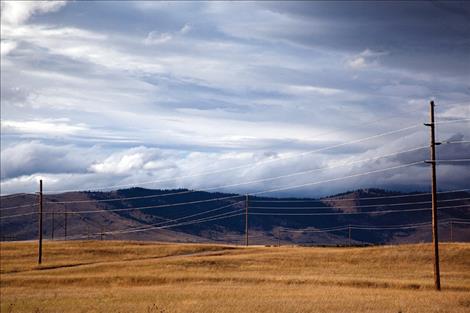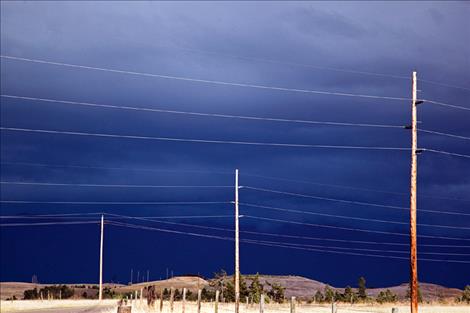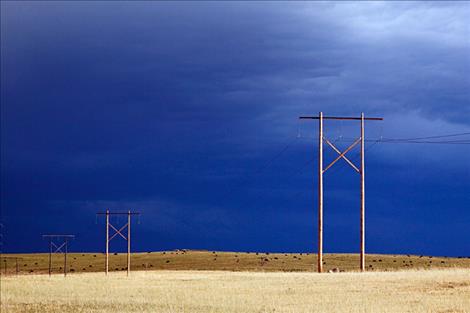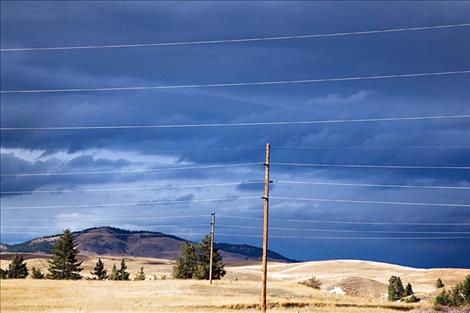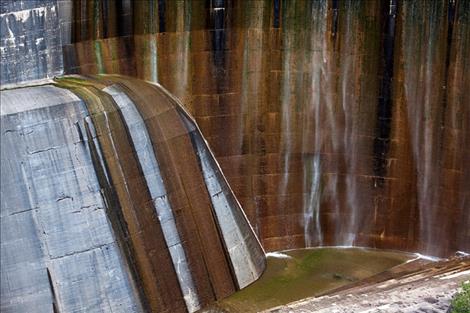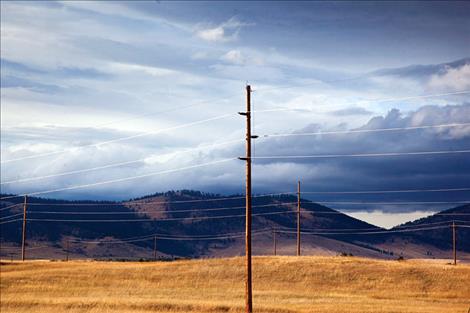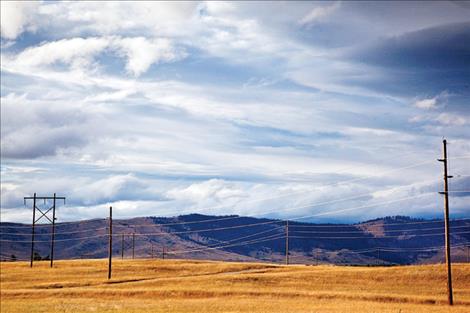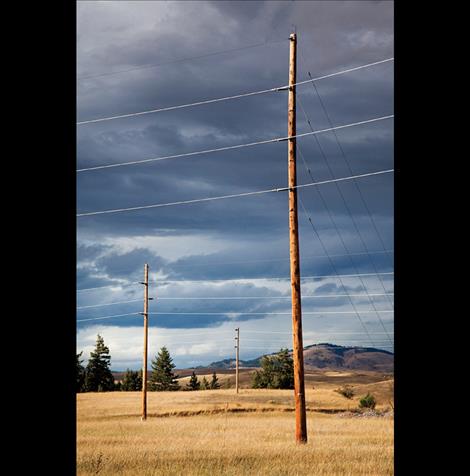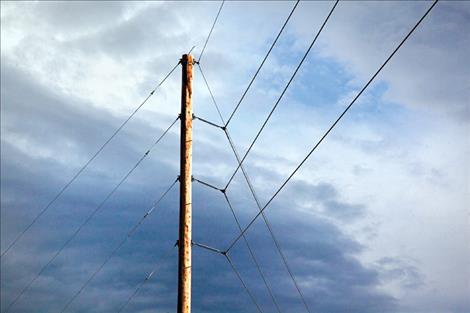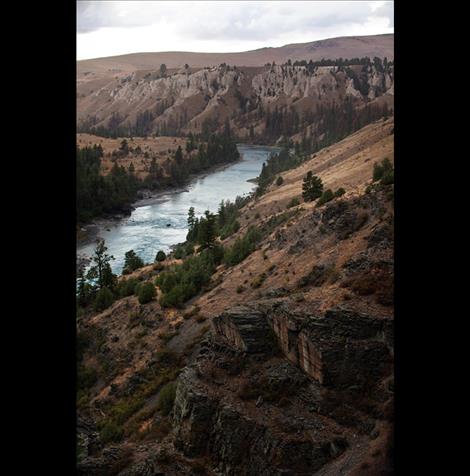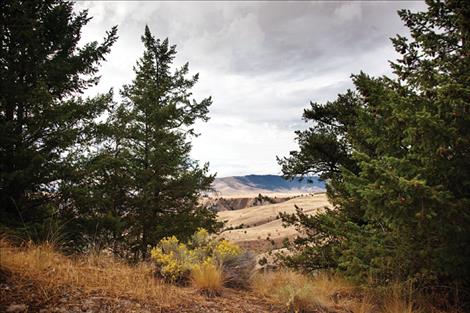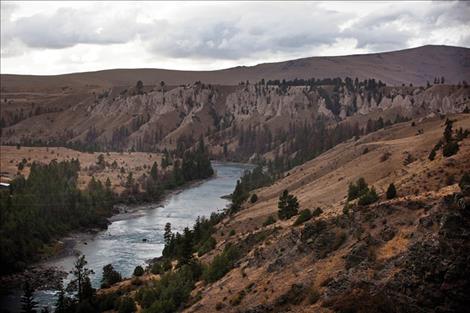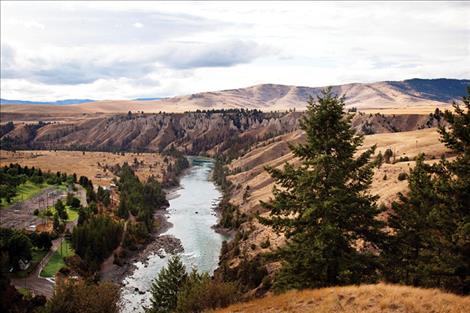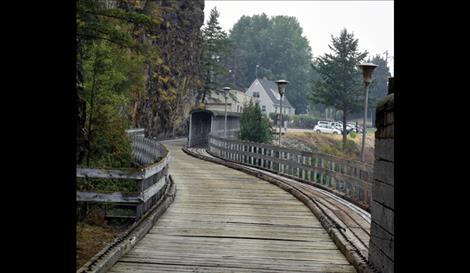Power to the people
Tribes take historic ownership, operation of Kerr Dam
Hey savvy news reader! Thanks for choosing local.
You are now reading
1 of 3 free articles.
Ever since the land was new, before Flathead Lake and the Flathead River had names, snow has been falling on the mountains, melting and finding its way down the timbered slopes, into small creeks and streams before flowing into the lake.
The lake narrows into Flathead River, where five miles southwest of Polson, Kerr Dam arches 205 feet above the water below, generating enough electricity to power more than 100,000 homes annually.
It’s been a long time coming, but on Sept. 5, after jointly operating the dam for 30 years, the Confederated Salish and Kootenai Tribes and Energy Keepers, Inc., will acquire the Kerr Hydroelectric Project, and “become the first tribes in the nation to own and operate a major hydroelectric generation facility,” according to an EKI brochure.
The commemoration will take place on Sept. 5 at the Joe McDonald Health and Fitness Center at Salish Kootenai College from 10 a.m. to 2 p.m. The public is invited to the event, which includes lunch, T-shirts and commemorative posters. Traditional regalia is welcome, and dancers in regalia may participate in the opening procession.
For people who can’t attend the acquisition, KSKC Public TV will be broadcasting the event on channel 27.2. The station will also stream the events on the Internet. The link to the stream will be posted on the SKC website at www.skc.edu by Friday afternoon.
“This is a milestone for our community,” said Vernon Finley, Tribal Council Chairman.
Finley said the 1930s were a time of change for the tribes with the passage of the Indian Reorganization Act in 1934. That act allowed tribes to exercise sovereign authority through creating tribal constitutions, and the ratification of the CSKT tribal constitution in October of 1935.
Rocky Mountain Power, a subsidiary of Montana Power Company, began construction on Kerr Dam in 1930, in the midst of the Great Depression. The project halted in 1931 for five years, but was finished in 1938. The tribes were not consulted on whether or not they wanted the dam on their reservation, according to Energy Keepers, Inc. Pushing the dam’s construction was the need for power to run smelters and mines in Butte and Anaconda.
Kerr Dam was named for Frank Kerr, president of Montana Power at the time, but now the tribes plan to rename the dam.
Photographs taken by Julius Meiers, the official photographer for Kerr Dam’s construction, can be seen at the Flathead Historical Museum.
Many are taken from the cliffs across from the dam, and workers and machinery look like toys against the rock. During the heyday of construction, work went on around the clock. Jim Duford, long-time local businessman, remembered his aunt and uncle’s Hut Café being open 24 hours a day to feed dam workers.
Dropping down into the river bottom towards the dam works, the houses where “dam families” used to live come into view, framed by the Flathead River and leading eyes to the dam itself.
Energy Keepers, Inc., chairman of the board of directors Tom Farrell grew up at Kerr Dam. His family lived in one of the dam houses. His dad started work right out of high school in 1936, served in the army for a couple of years, and eventually retired from PPL Montana in 1980.
Farrell knows the ins and outs of bringing a power plant on board, said Brian Lipscomb, Energy Keepers, Inc. president and chief executive officer.
At a media tour of Kerr Dam on Aug. 24, Lipscomb said the Kerr Dam crew is complete, with the exception of a risk analysis officer.
Operations supervisor Lloyd Turnage has been at Kerr Dam for 30 years, and he was joined on the tour by two hydro operators, Dan Trahan and Clifford “Junior” Flamm. Trahan and Flamm recently finished two and a half years of training, working their way through 39 manuals as they studied basic mechanics, turbines, governors, NERC and FERG regulations, pumps and electrical theory — everything in the plant.
Currently working 10-hour shifts, they are part of a crew of operators and trainees who will switch to 12-hours shifts when the tribes take over.
Travis Togo, director of power management, comes to EKI from British Petroleum and has experience in water/resource management and the power market. He went to college and graduate school at the University of Montana and was excited to come back to the state.
Togo explained the sale of electricity: it’s a large wholesale market with natural buyers and sellers — customers who need power and plants that generate power.
“Electricity is like any other commodity — metal, wheat, cows,” Togo said.
While the dam transfer is a time for celebration for the tribes, Lake County Commissioners have concerns about the tax ramifications.
For example, in 2013 PPL LLC operated Kerr Dam and paid $978,178.79 in taxes to Lake County, which filtered down for schools, fire, roads, sanitation and law enforcement. The amount was roughly the same in 2014.
When the tribes take over, EKI will not pay those taxes so what to do about that lost revenue is yet to be determined, but would not take effect until next year.
“The Lake County Commissioners have been in discussion with Tribal Council and gone over the issue in detail. Tribal Council hasn’t made a decision,” said Rob McDonald, CSKT communications director.
For more information on EKI or the dam acquisition, visit www.energykeepersinc.com.
Contact Frank Tyro at 406 275-4878 for questions about the KSKC broadcast.















